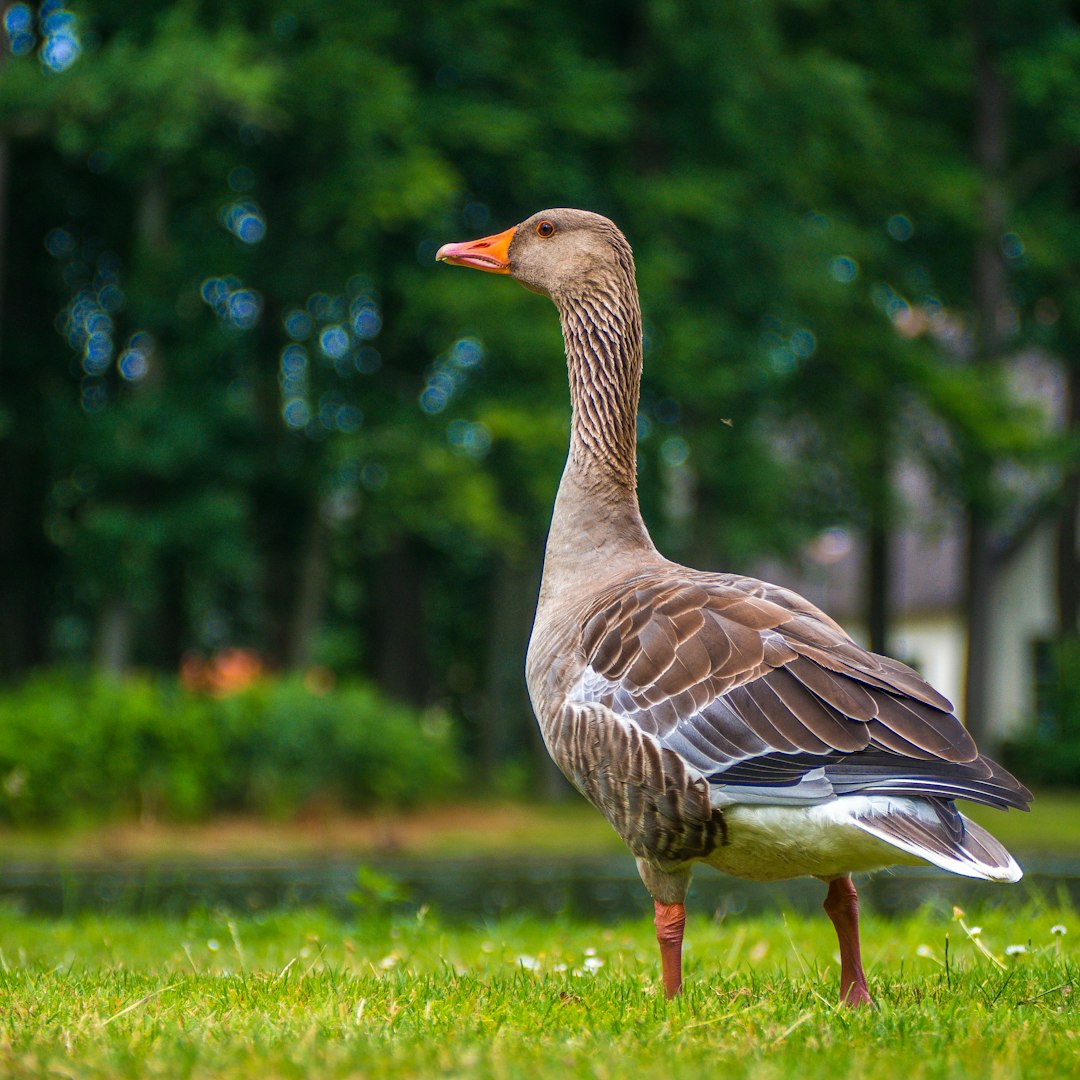Kayaking 101: A Beginner’s Guide
If you’ve ever watched people gliding gracefully across the water in a kayak and thought, “I would love to try that,” then you’ve come to the right place. Kayaking is a fantastic outdoor activity that offers a unique way to explore nature, get some exercise, and have fun. In this beginner’s guide to kayaking, we’ll cover everything you need to know to get started on your paddling adventures.
Choosing the Right Kayak:
The first step in becoming a kayaker is choosing the right kayak for your needs. There are several types of kayaks to consider, such as recreational kayaks, touring kayaks, and inflatable kayaks. For beginners, a recreational kayak is an excellent choice as it provides stability and is easy to maneuver.
Essential Gear:
In addition to the kayak, there are a few essential items you’ll need before hitting the water. A well-fitting personal flotation device (PFD) is crucial for your safety. You’ll also need a paddle, appropriate clothing (quick-dry materials are recommended), and a waterproof bag or case to protect your belongings.
Learning Basic Techniques:
Before jumping into your kayak, it’s essential to learn some basic paddling techniques. Some key techniques include how to hold the paddle correctly, basic paddle strokes like the forward and reverse stroke, and how to turn the kayak. Taking a beginner’s kayaking class or finding a local paddling club can be a great way to learn these techniques from experienced instructors.
Safety First:
Safety should always be a top priority when kayaking. Before heading out, be mindful of the weather conditions, tides, and currents. Always let someone know your paddling plans and when you expect to return. Additionally, it’s important to wear your PFD at all times and carry essential safety equipment such as a whistle, flashlight, and a first aid kit.
Choosing Your Location:
Choosing the right location for your kayaking adventure is crucial. If you’re a beginner, consider calm and protected waters such as lakes, slow-moving rivers, or sheltered bays. These areas offer less challenging conditions and allow you to focus on mastering your paddling skills.
Mastering the Eskimo Roll:
One technique that every kayaker should strive to learn is the Eskimo roll. An Eskimo roll is a recovery technique used to right your kayak after capsizing. While not essential for beginners, learning this skill can greatly enhance your confidence and safety on the water. It’s recommended to take advanced courses or seek guidance from experienced kayakers to learn this technique properly.
Learning from Experience:
As with any new skill, practice makes perfect. The more time you spend on the water, the better you’ll become at kayaking. Explore different waterways, experiment with different paddle strokes, and gradually challenge yourself with longer distances or more challenging conditions. The more you paddle, the more you’ll develop your skills and gain confidence.
Respecting Nature:
Lastly, always remember to respect nature when kayaking. Practice leave-no-trace principles by not leaving any trash or debris behind. Avoid disturbing wildlife and their habitats and be mindful of noise pollution. Kayaking allows us to connect with nature, so we must strive to protect and preserve it for future generations.
In conclusion, kayaking is an exciting and accessible way to experience the great outdoors. By choosing the right kayak, learning essential techniques, prioritizing safety, and respecting nature, you can embark on a fantastic journey filled with adventure and serenity. So, grab your paddle, put on your PFD, and get ready to explore the world from a whole new perspective. Happy paddling!
